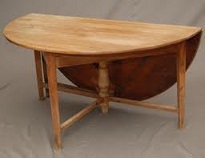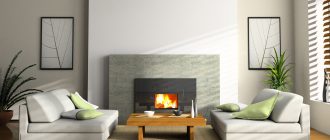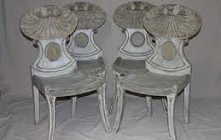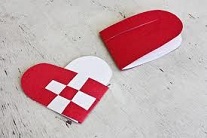Although the Viking heritage is acknowledged part of the Swedish national character, one should not get the idea that all Swedish dining tables conform to the Viking stereotype found in Hollywood movies…
One would be hard-pressed to locate a rough cut oaken table in the middle of cavernous dining hall piled high with the carcasses of recently slain animals and monstrous cups of mead.
Instead the craftsmanship that launched some of the cleverest sailing vessels the world has ever seen has been employed in the service of designing the fine Swedish dining tables that are prized and enjoyed the world over.
One of he more famous styles found in Swedish antique furniture such as Swedish dining tables is the Gustavian Style. The style derives its name from King Gustav III who reigned in Sweden in the late 18th century, 1746 to 1792 to be precise. Gustav greatly admired the neo-classical styles that were in vogue on the Continent of Europe at that point in time as well as the Louis XVI from France.
The end result of the King’s preferences was a style of furniture that is characterized by light coloring and elegant curves. This can be traced directly to styles that prevailed at the time at the French courtly life at Versailles. However the French was not the sole influence on the interior style that came to be known as Gustavian. German, Dutch and English influences were also incorporated into the scheme.
Gustavian dining tables are typically off-white or white in color with decorative elements that can range from simple to elaborate and ornate. Many feature frieze handcarving on the side panels and fluted carved legs. These ornate and decorative elements are never allowed to overpower the august solidity that characterizes the best examples of this style of dining table, however. This classical restraint means that Swedish dining tables created many years ago don’t look out of place in the contemporary dining room.
A tribute to the Gustavian style’s enduring charm is that the style flourished well into the 19th century and fine examples are still available that date from that latter era as well as a few genuine examples from an earlier formative time.
An equally noteworthy tradition in Sweden, and Scandinavia at large, exists for dining tables made of teak. Swedish dining tables made from teak are characteristically wrought in what has come to be called the Scandinavian Modern style. This style features clean, simple lines with minimal banding.
The characteristics of teak and how its ages gracefully over time are an integral part of this style’s appeal as well. Lovely patinas and warm oranges of teak accentuate the graceful tapering lines.
Many makers of Swedish dining tables apply only minimal finish to their products or no finish at all since the wood is so beautiful in its natural warm tones and finish. It is not unheard of for table makers to use reclaimed teak wood salvaged from the old barns and bridges that dot the countryside to make their tables.





